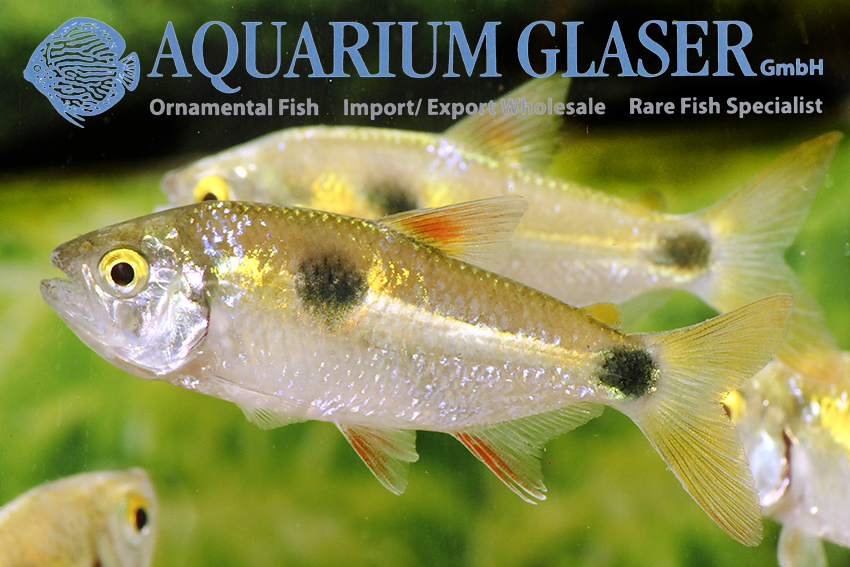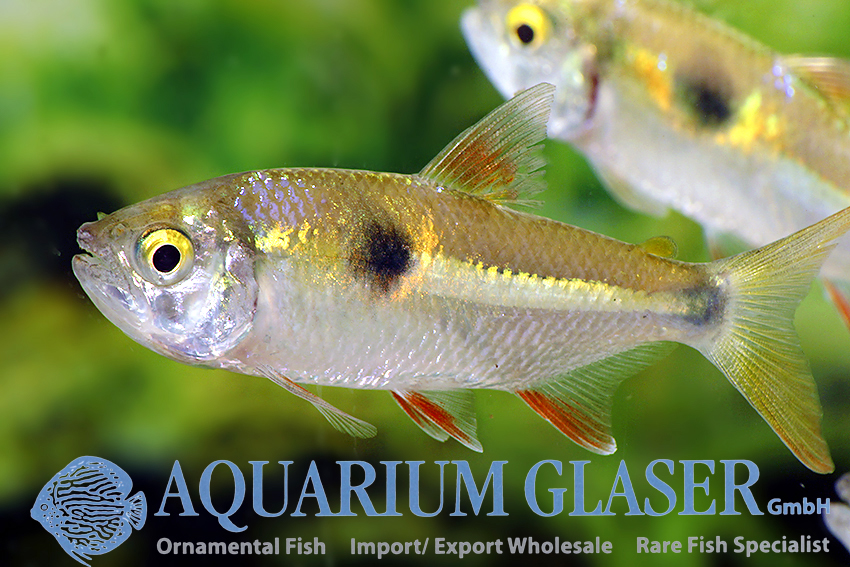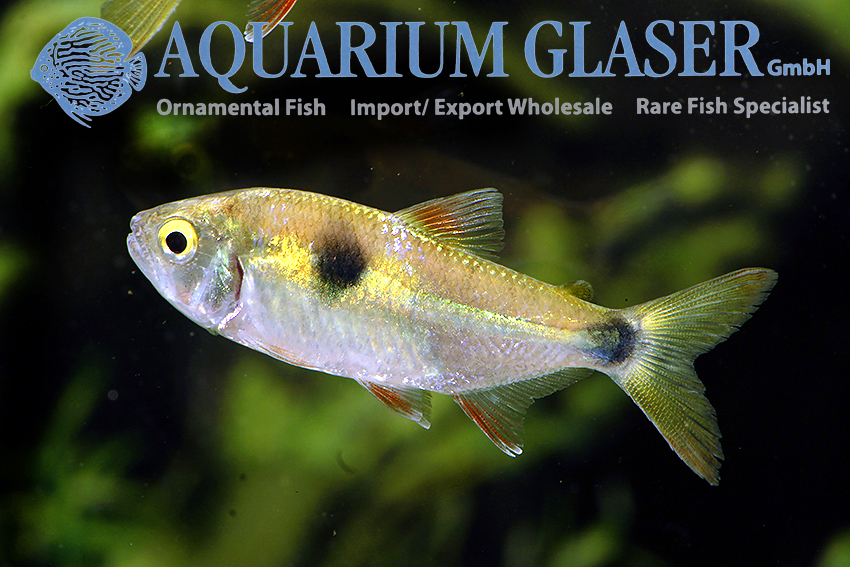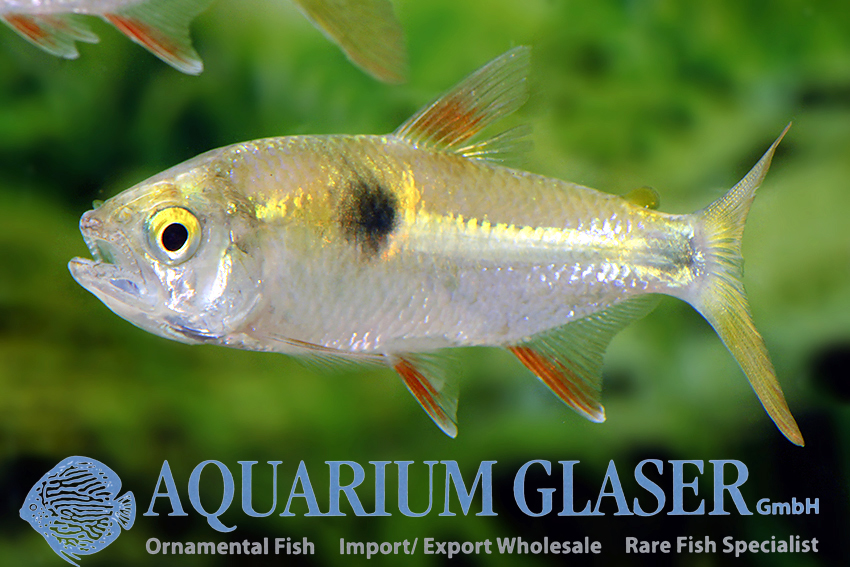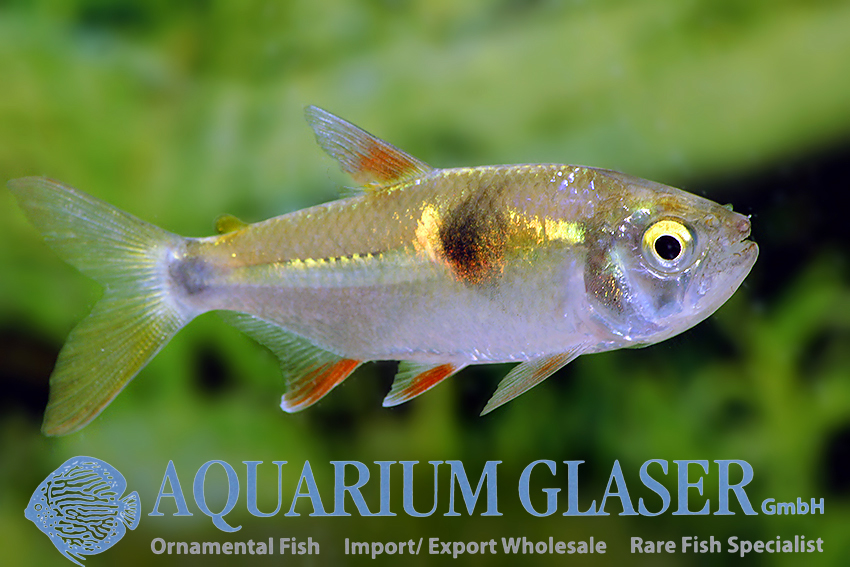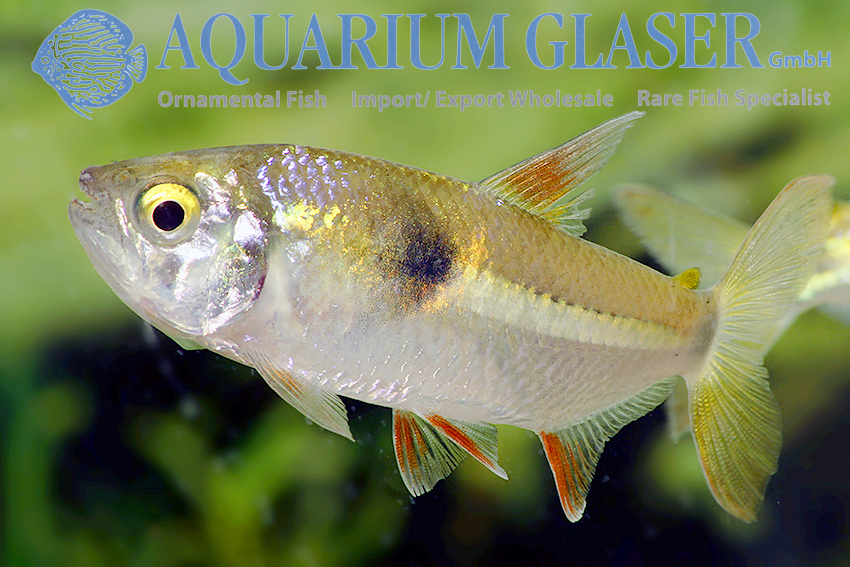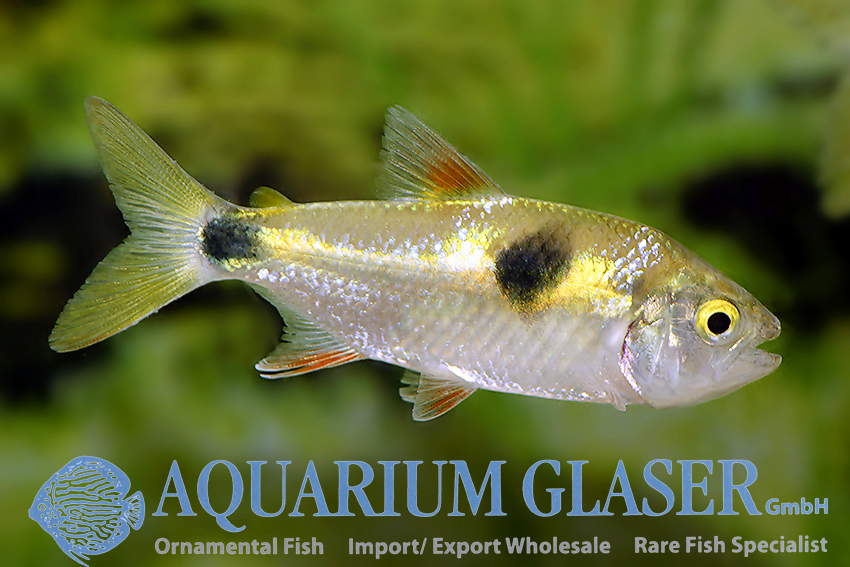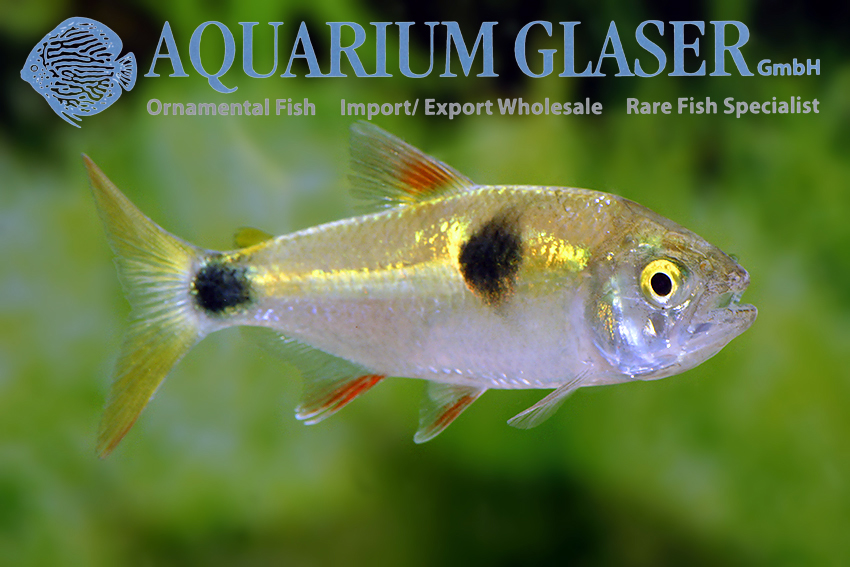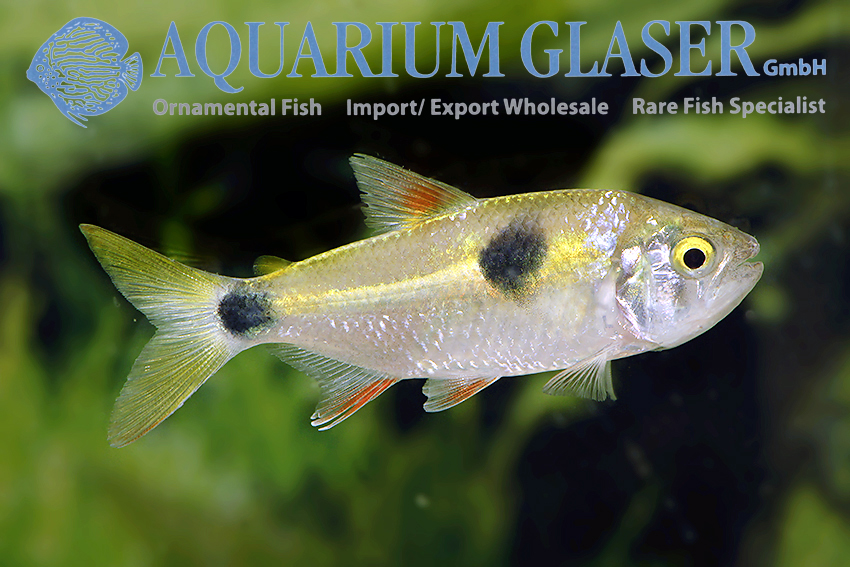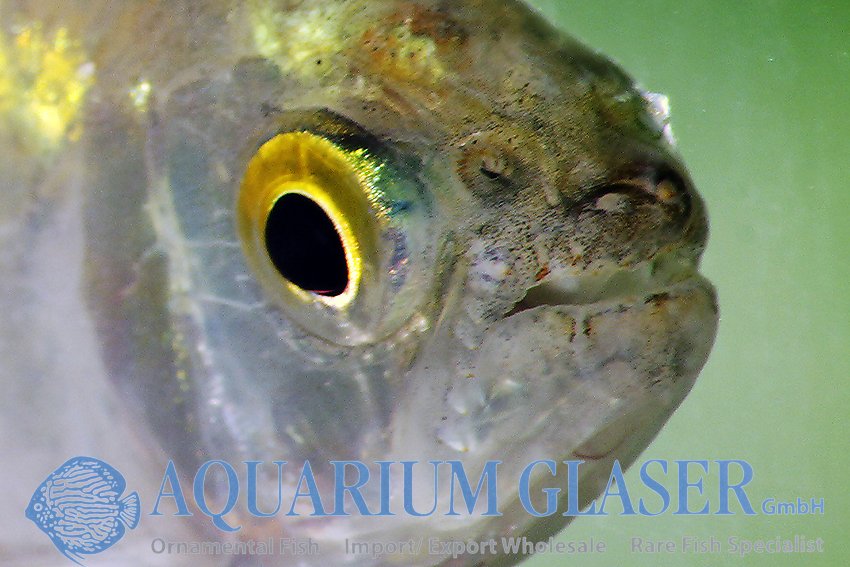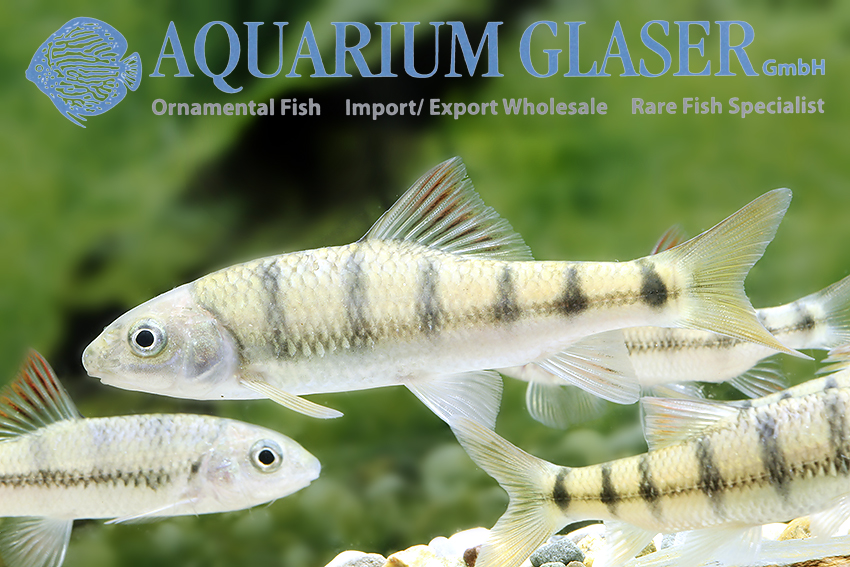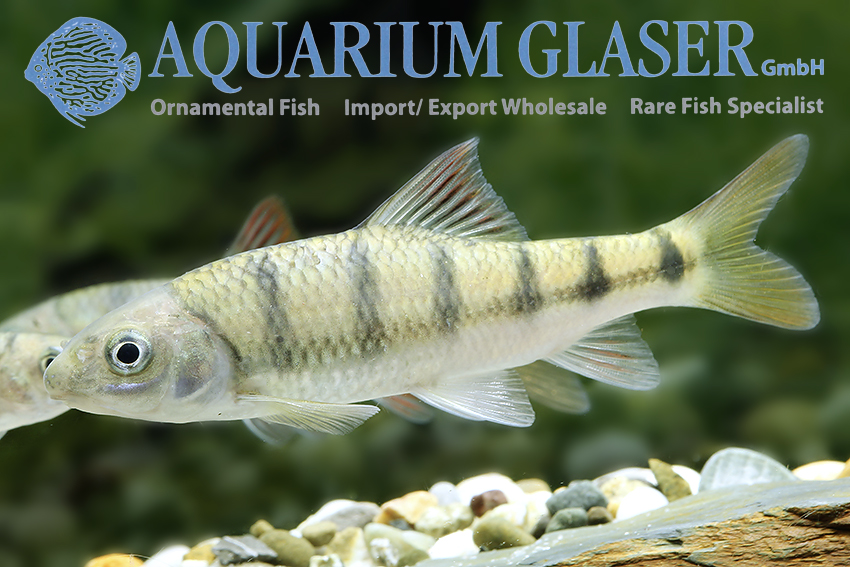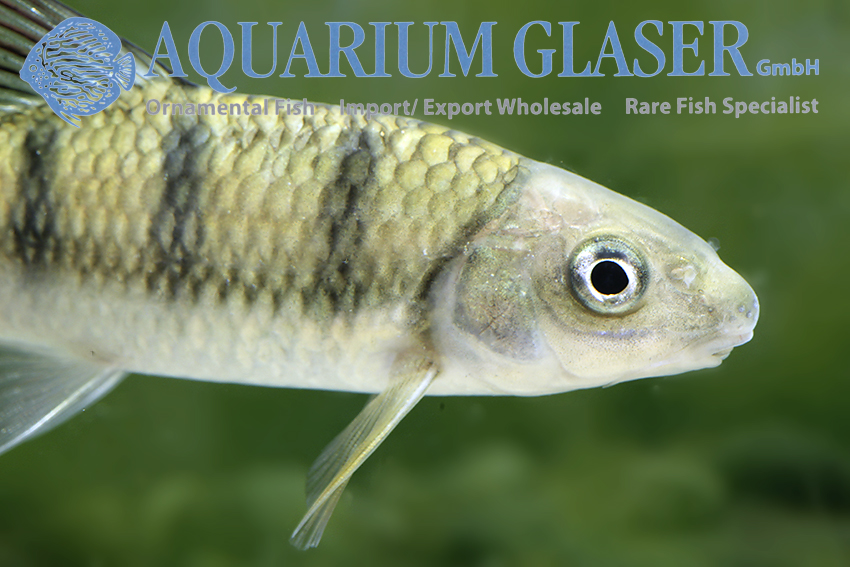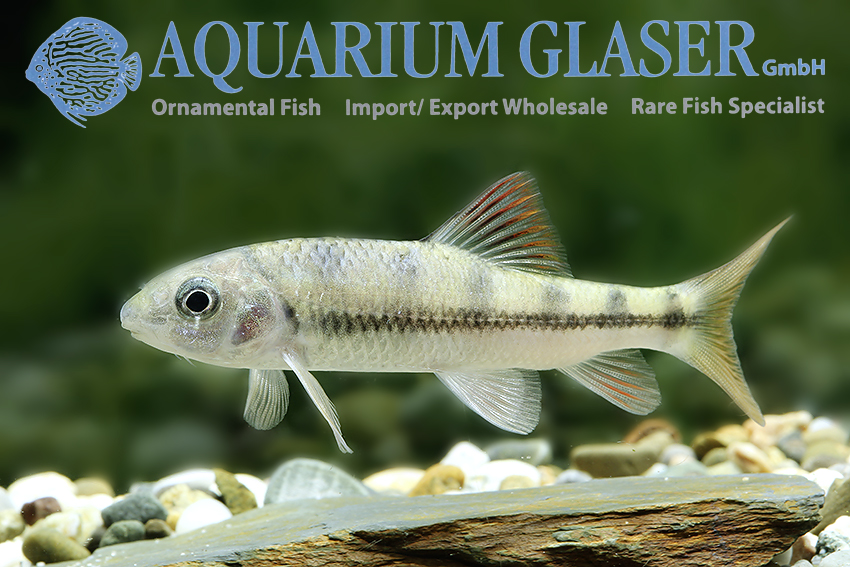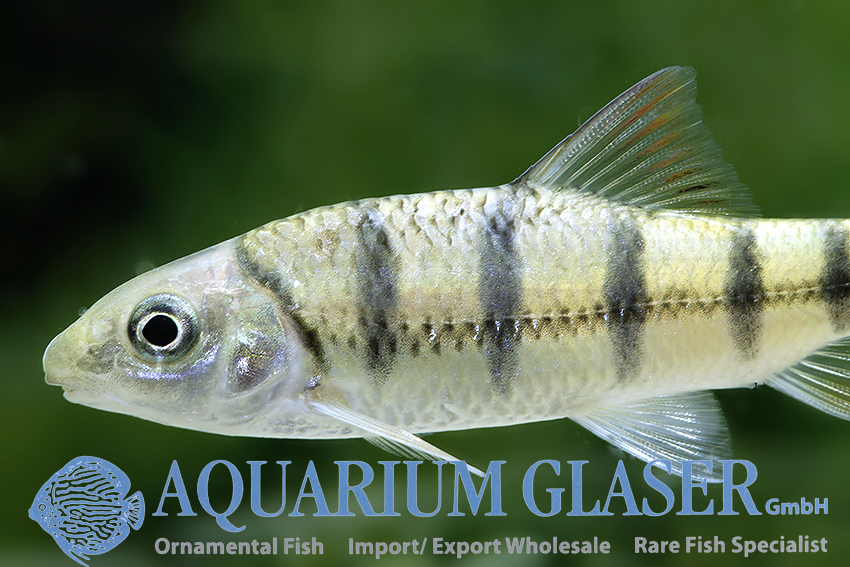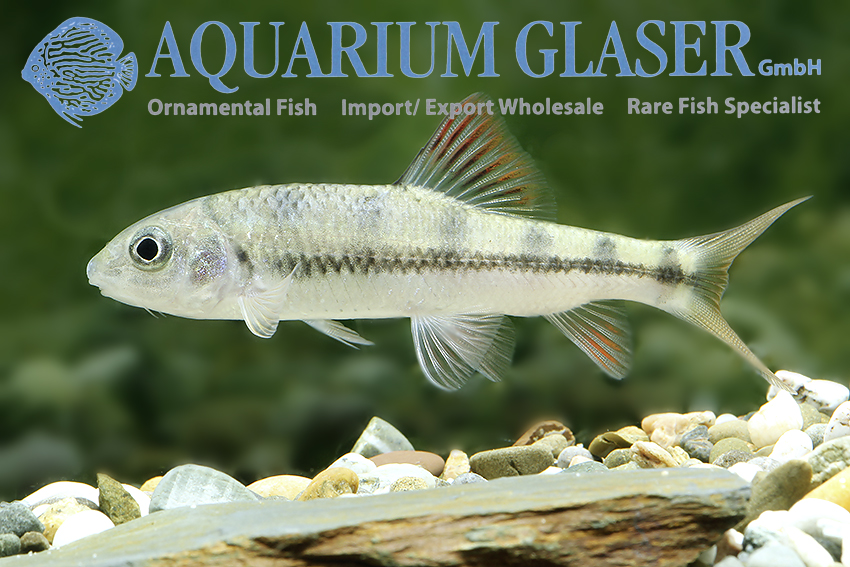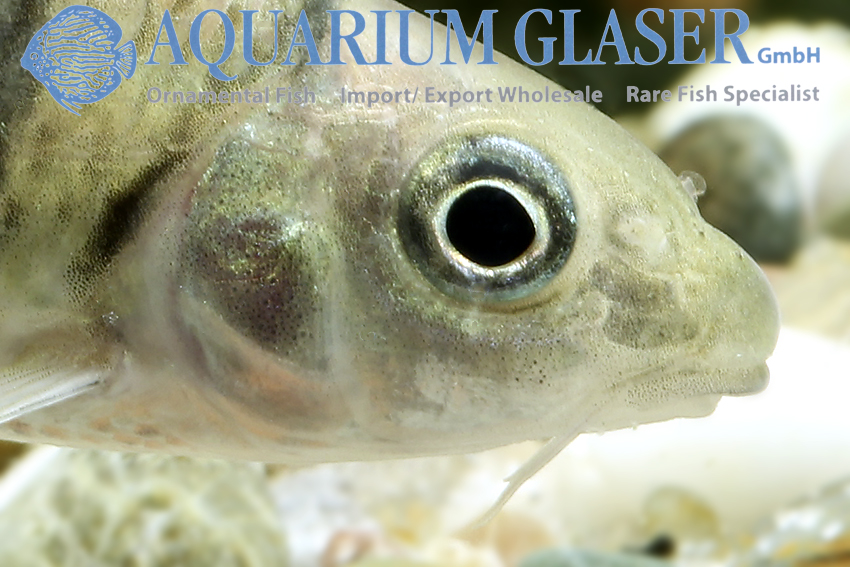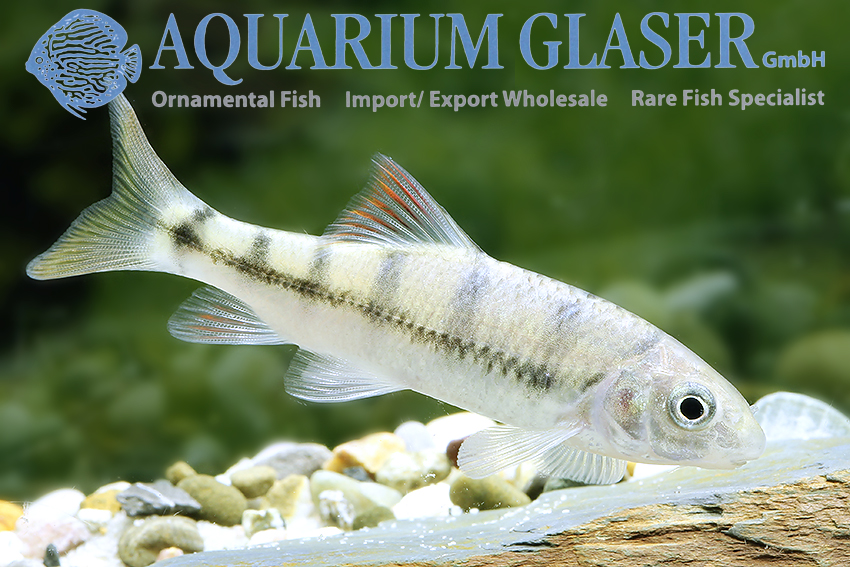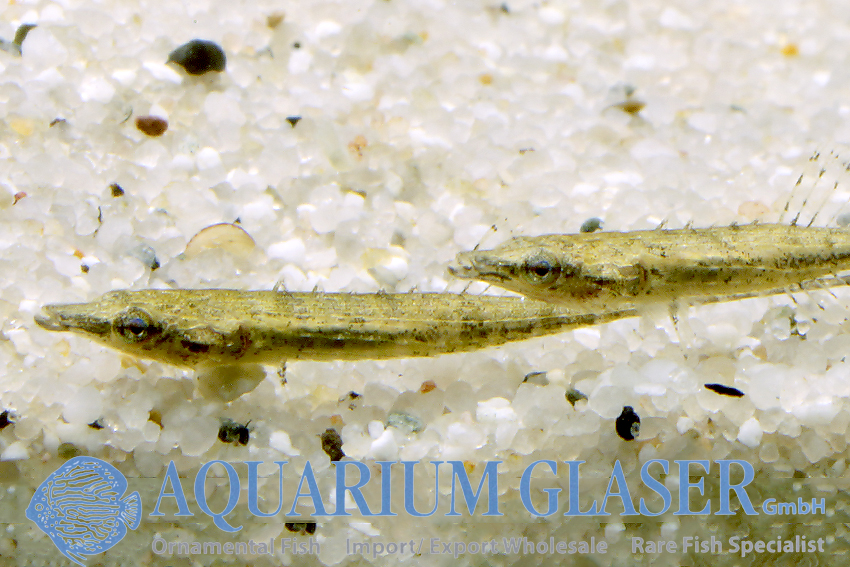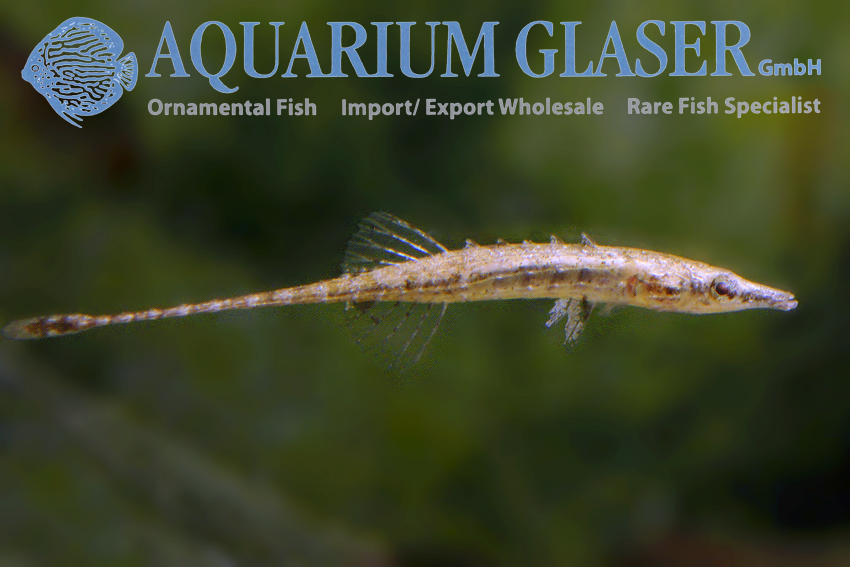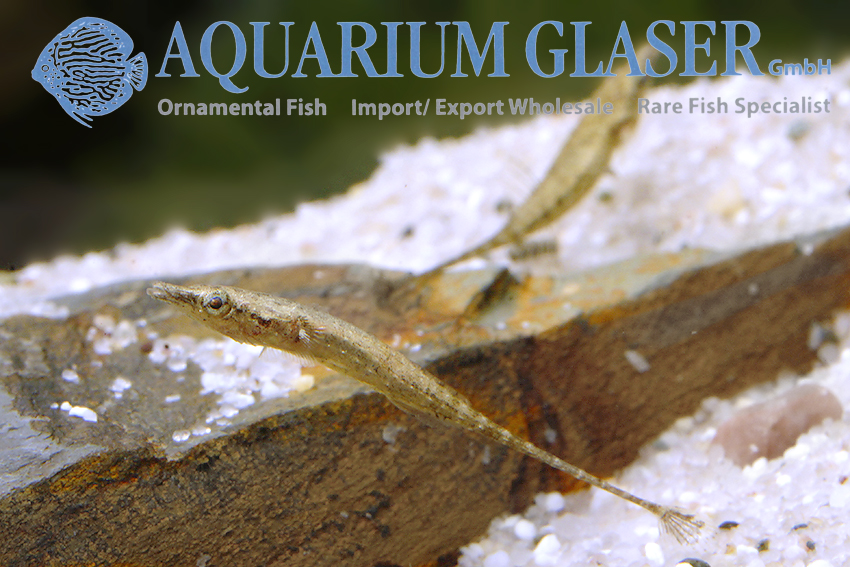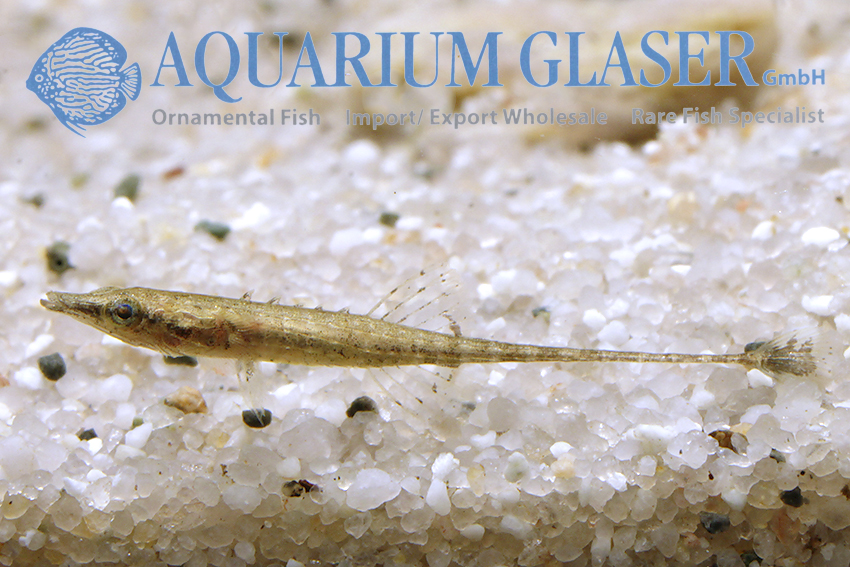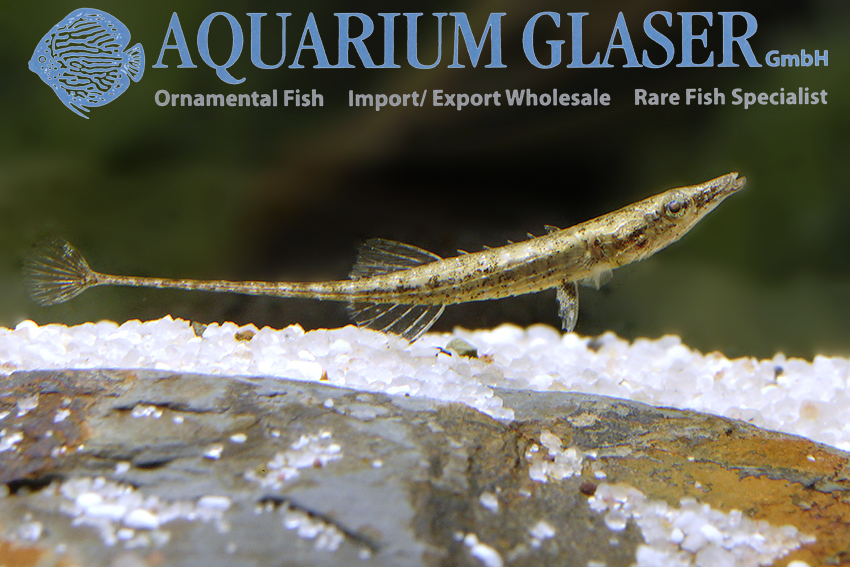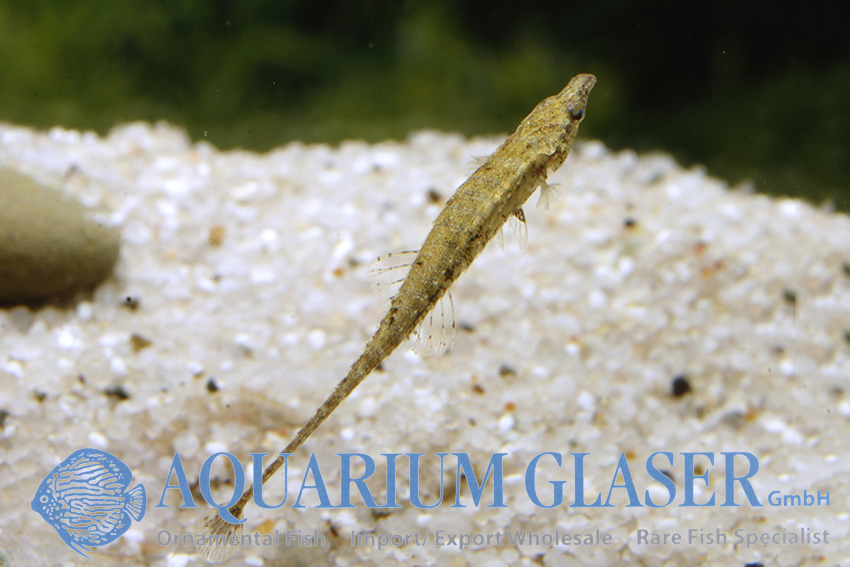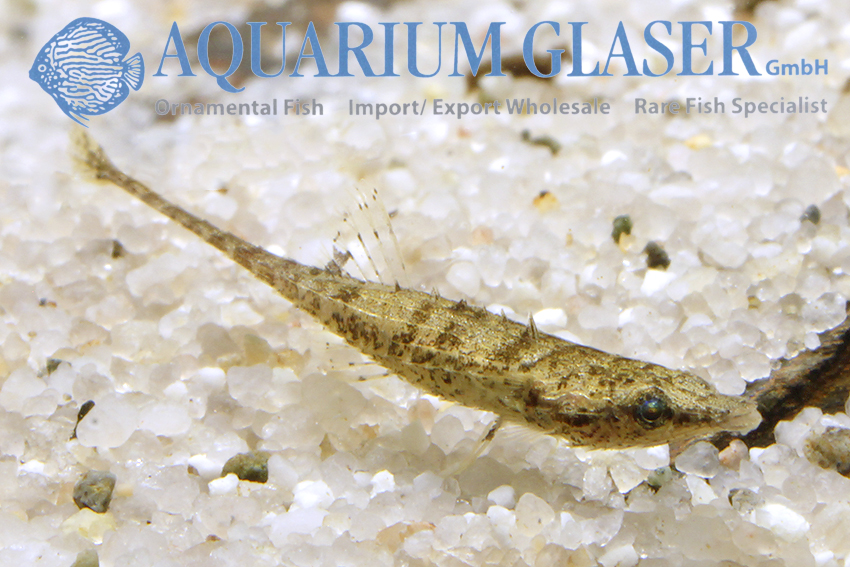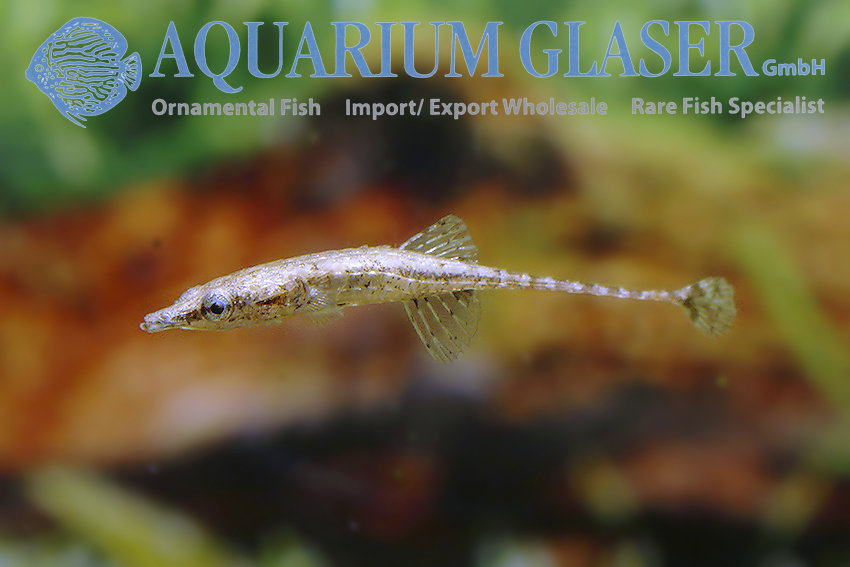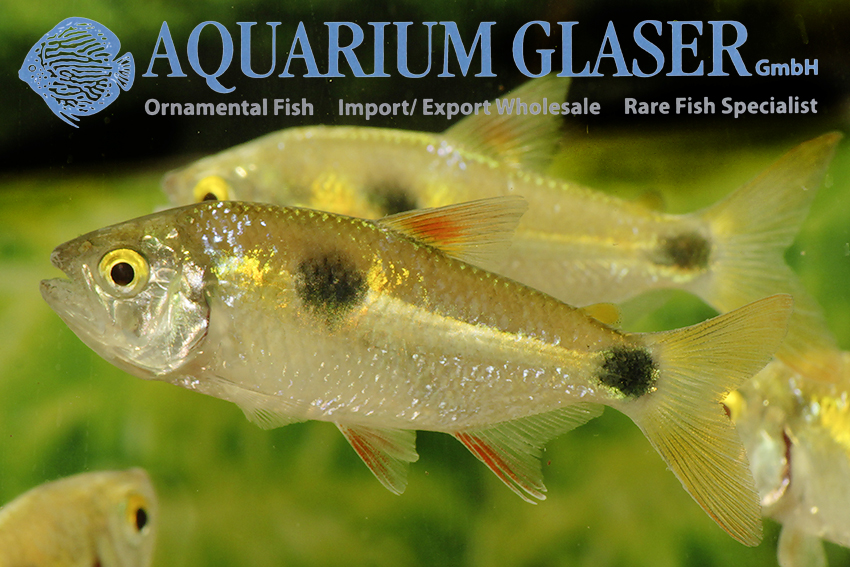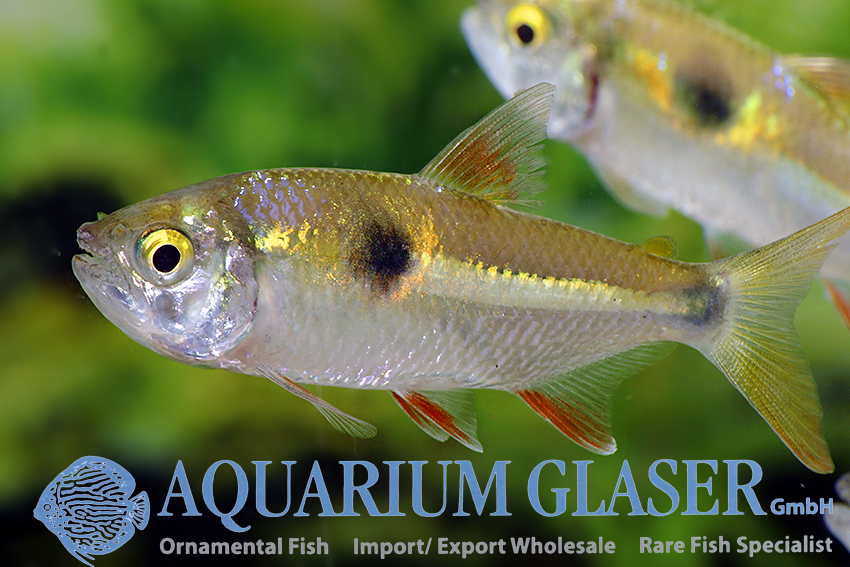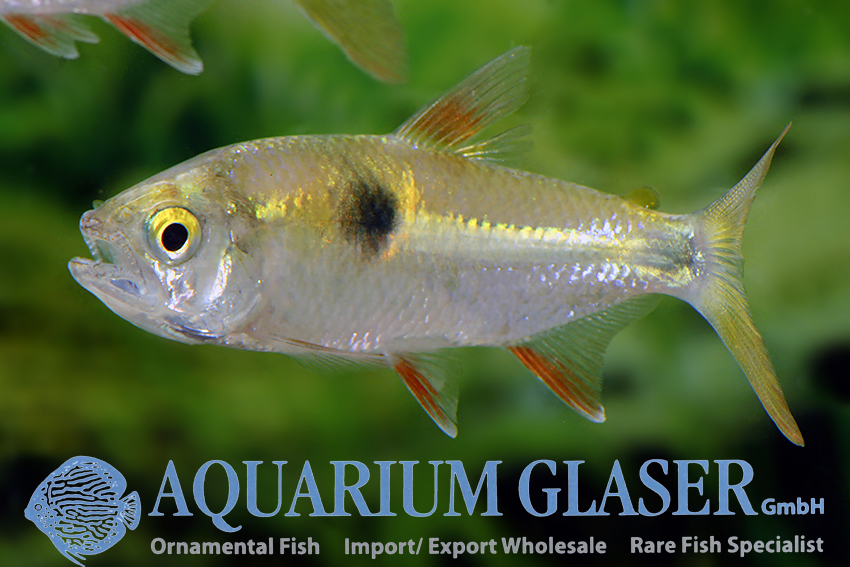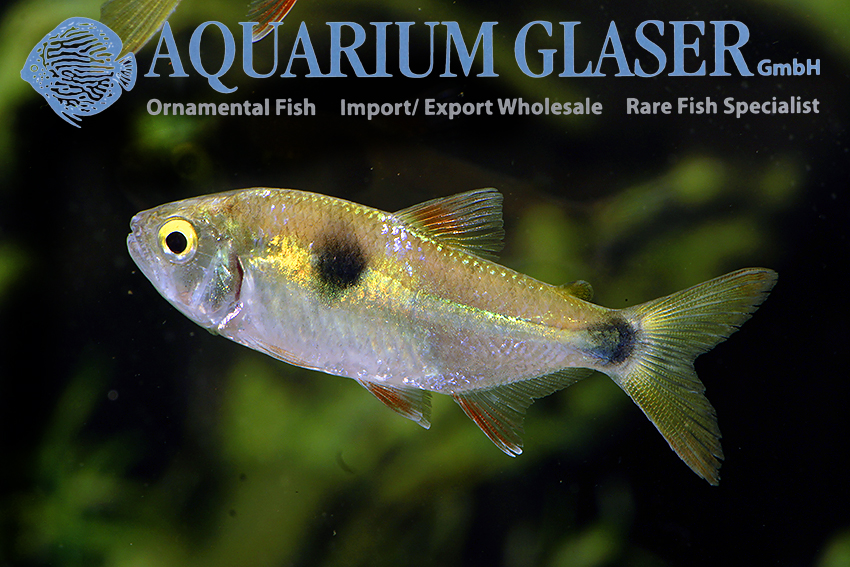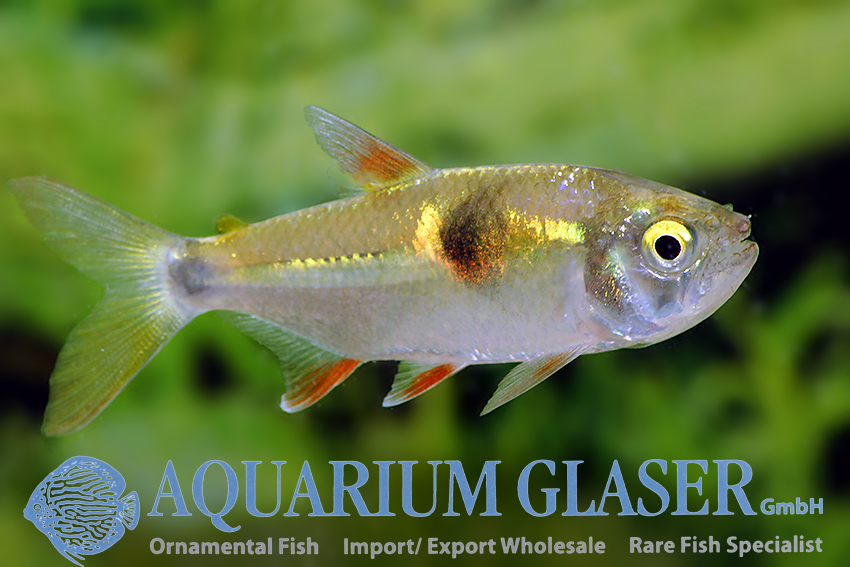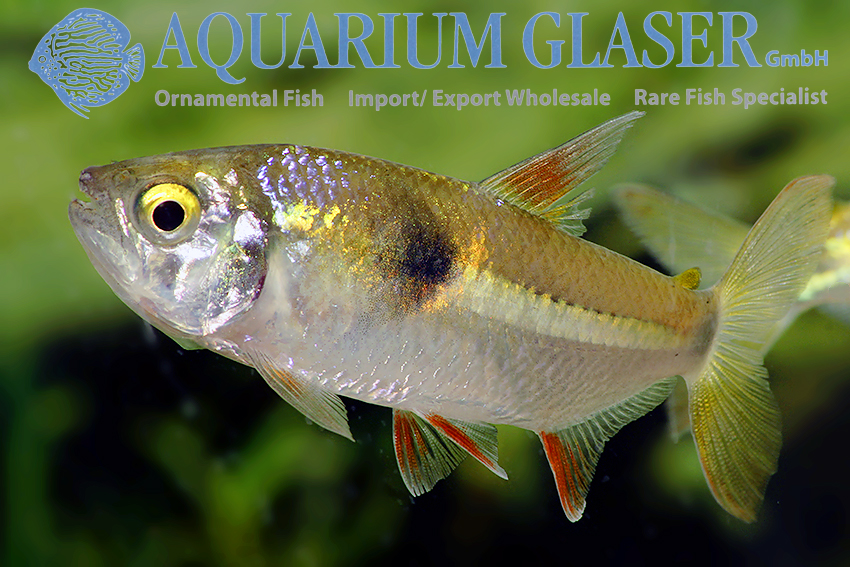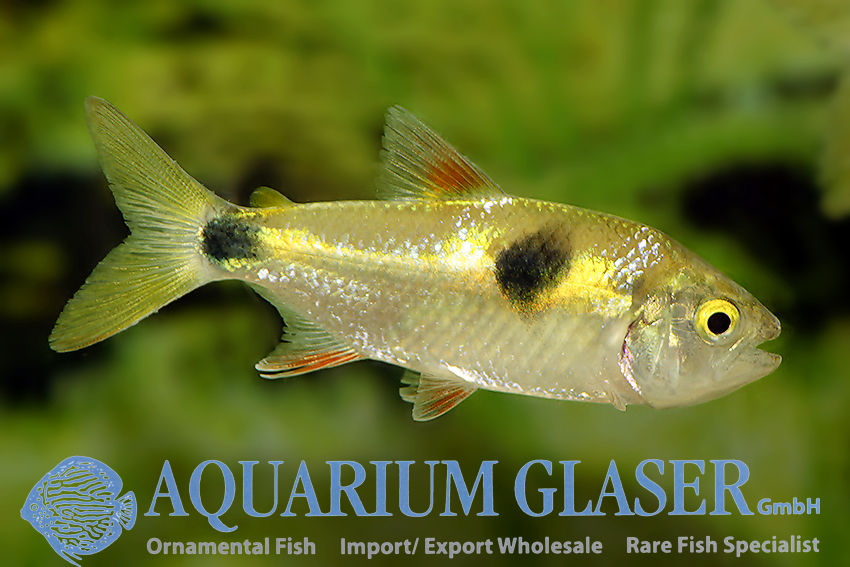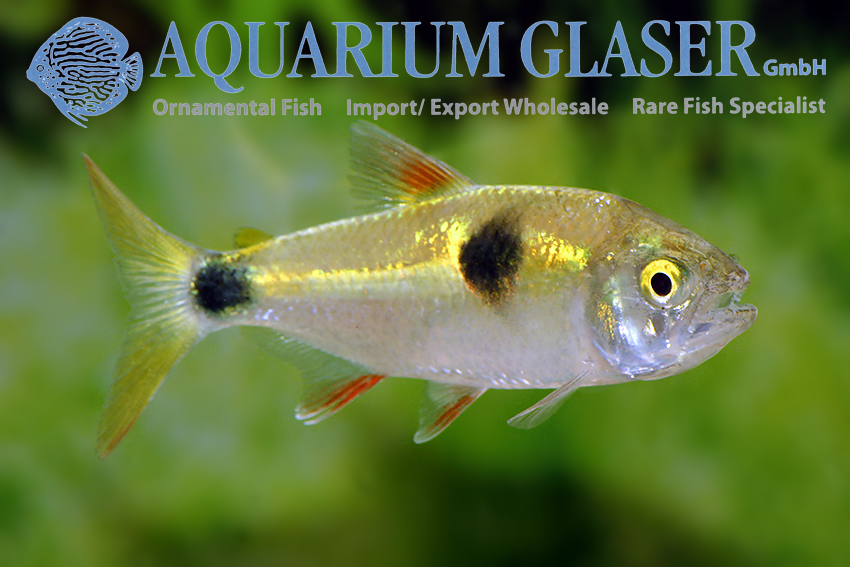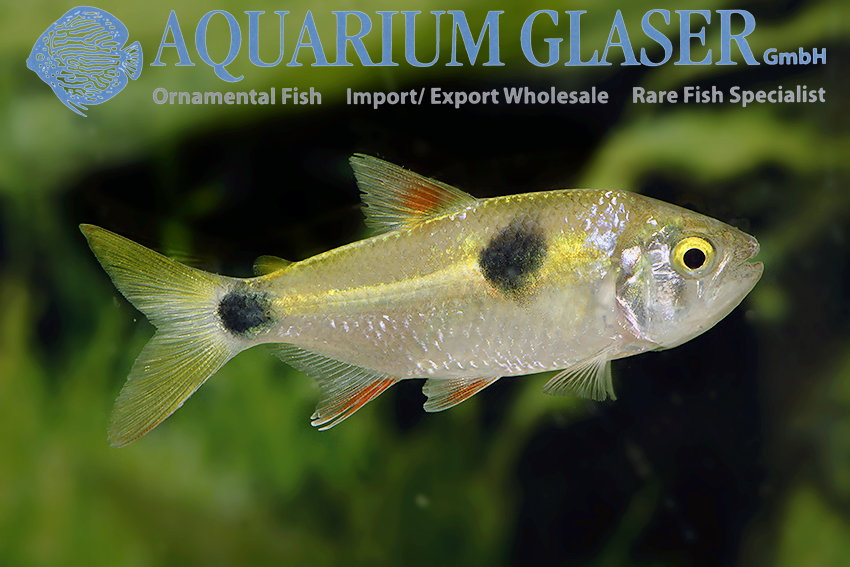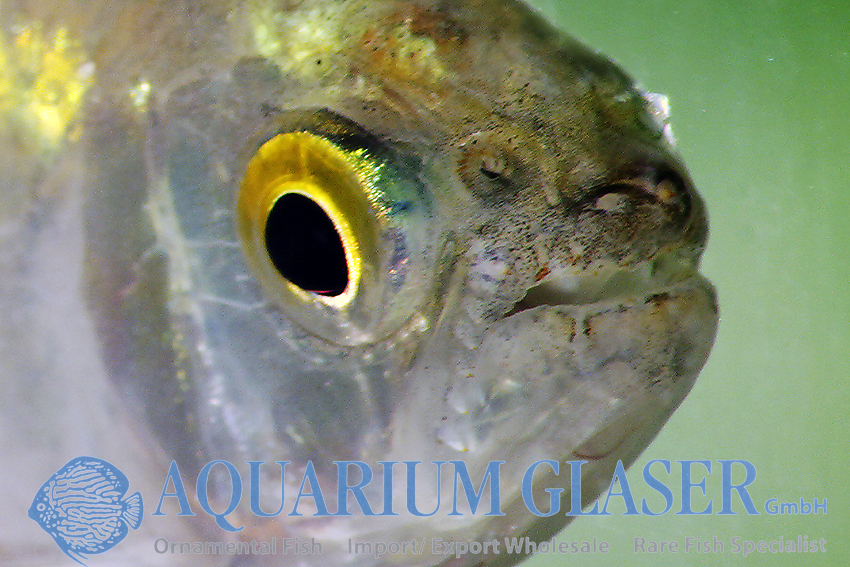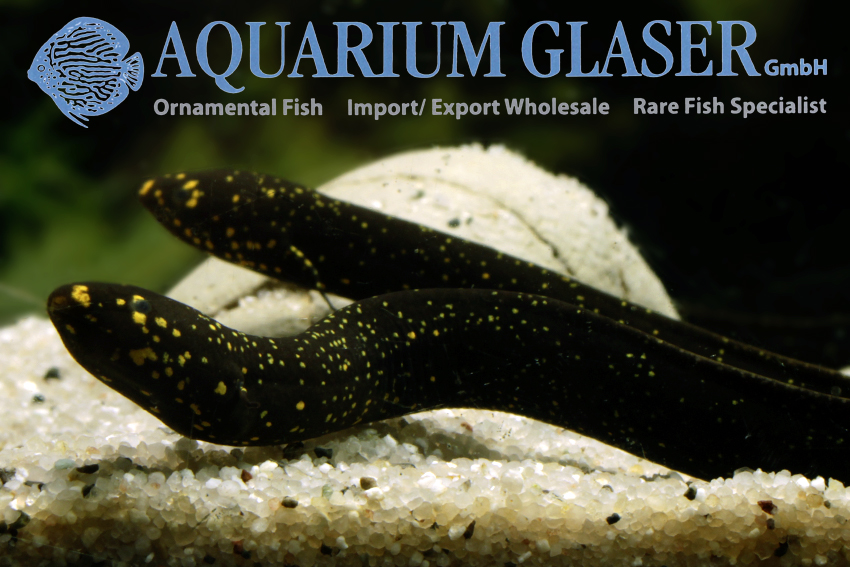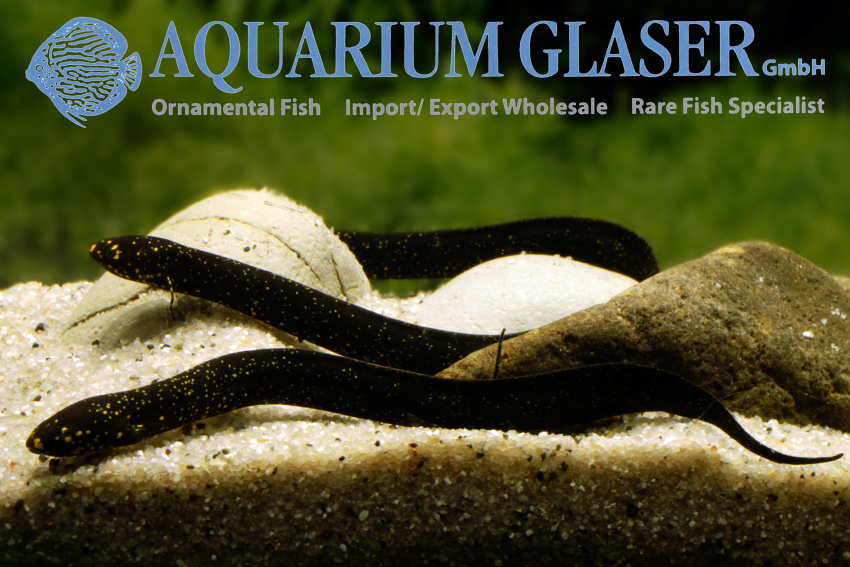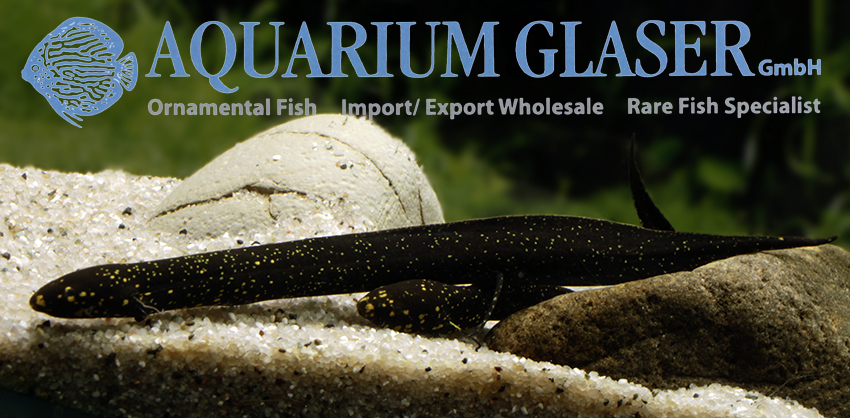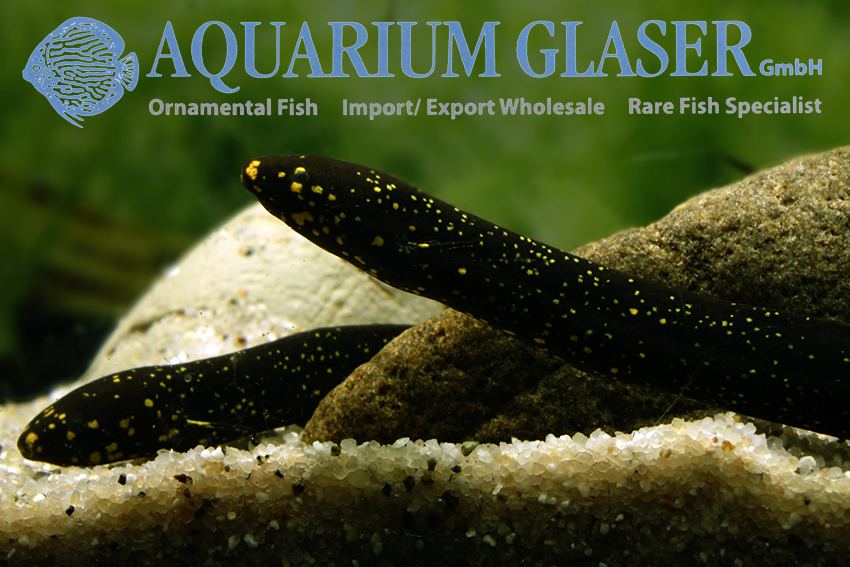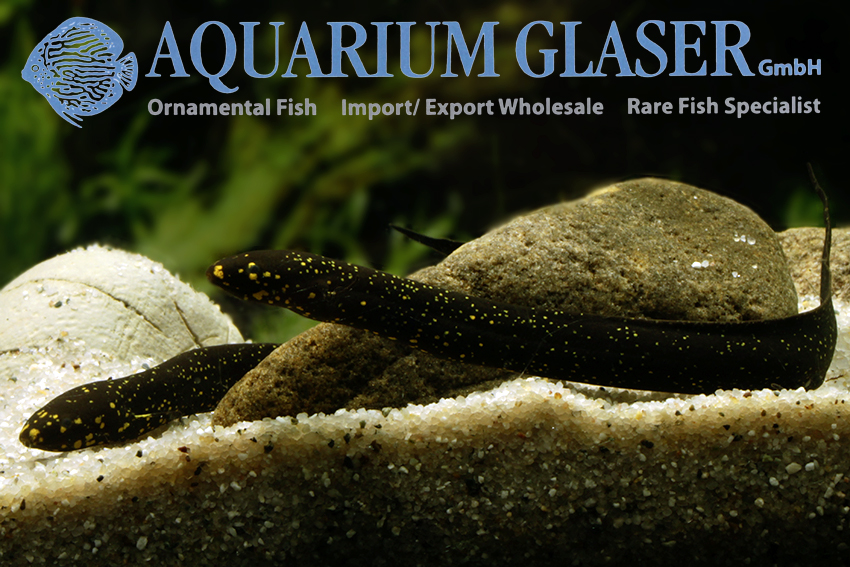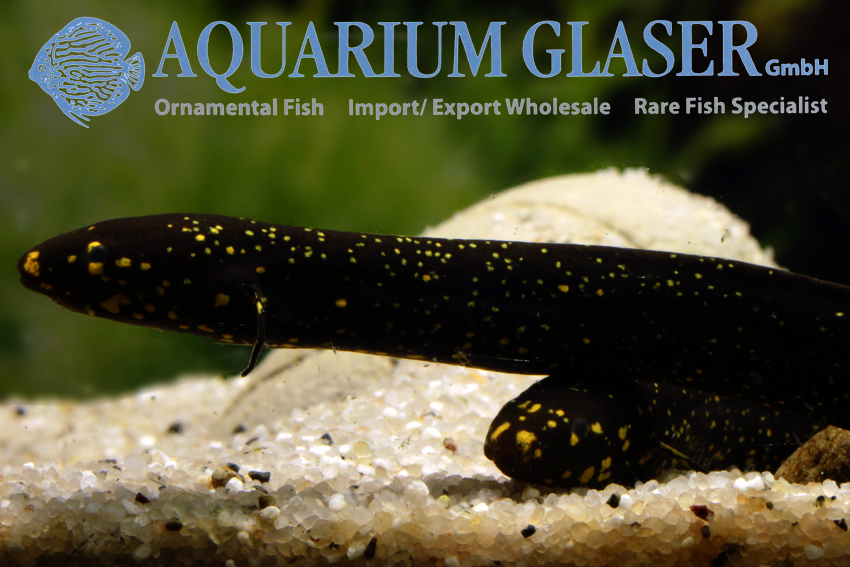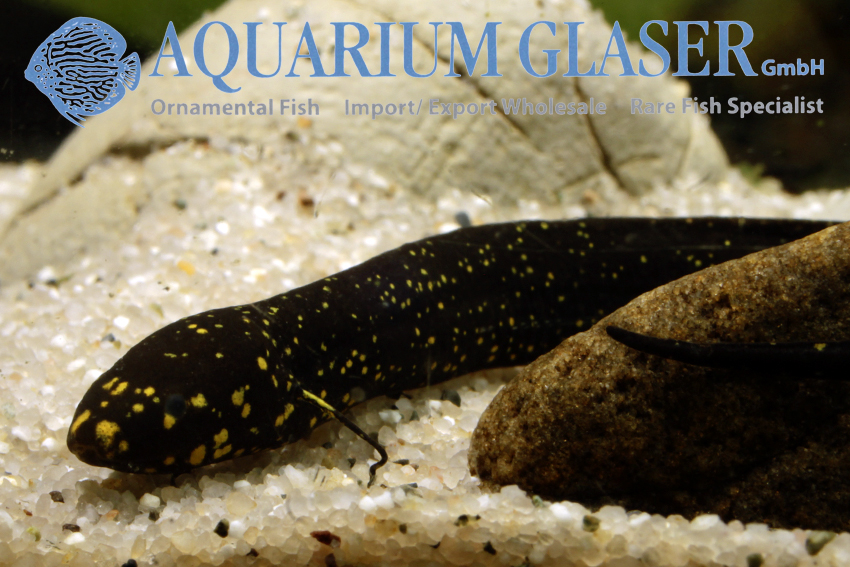For many aquaristis the Bucktooth tetra, Exodon paradoxus, is simply the most beautiful tetra from South America. The splendid fish glitter and glimmer like diamonds and they never stay still. They hunt and hit their conspecifics permanently and an uneducated watcher may become quite concerned that the fish will eventually hurt each other. But this doesn´t happen. In the wild, Exodon paradoxus feed almost exclusively on scales of other fish. Their highly specialized teeth enable that. Like a flash they attack their prey and the victim doesn´t understand what actually happened. The game of the Bucktooth tetras has two purposes. First: the game fools the potential victims and makes them „believe“ that the Bucktooth tetras are not interested in them. And second: for sure this permanent swimming is a perfect training for the small predators.
The species has a very wide distribution in South America. It can be found in Guyana and the whole Amazon and Orinoco basins. E. paradoxus attains a maximum length of about 7.5 cm. Keeping this fish is not complicated, but the tank should be large and the fish should be kept in a school as large as possible. Any type of usual fish food will be accepted readily. However, in respect of eventually planned tankmates one must be very careful. Best choice are catfish, for they have no scales at all and so they don´t fit the prey scheme of the Bucktooth tetras.
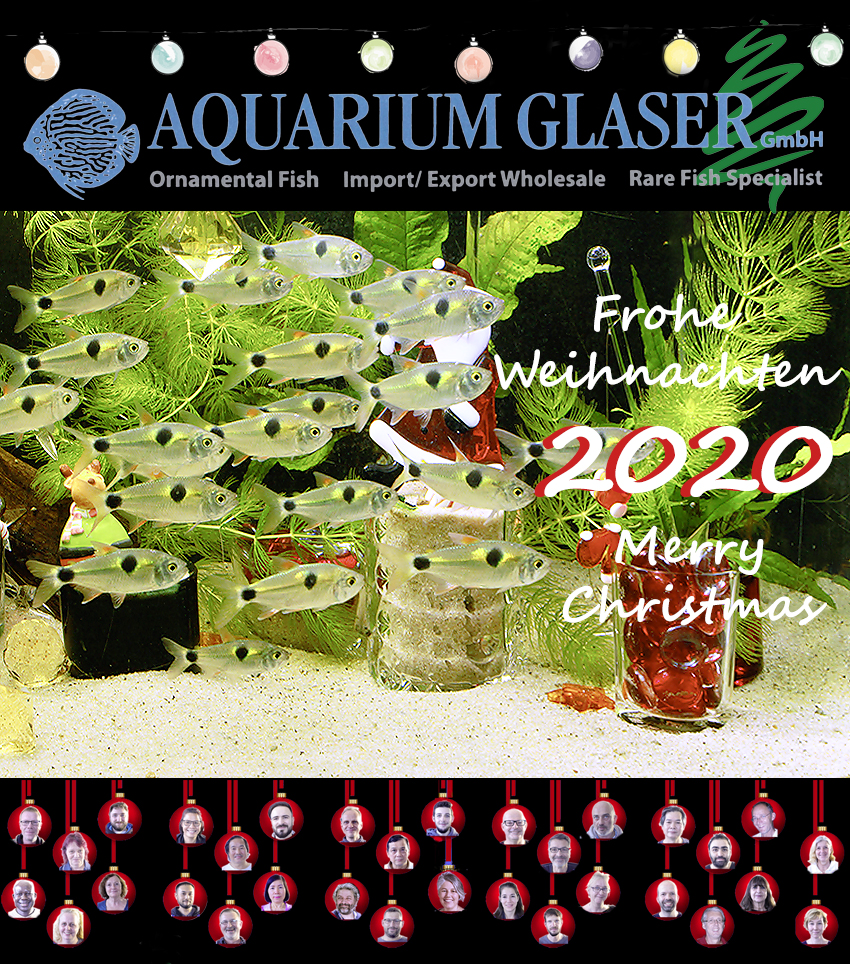
For our customers: the fish have code 253502 on our stocklist. Pleae note that we exclusively supply the wholesale trade.
Text & photos: Frank Schäfer





